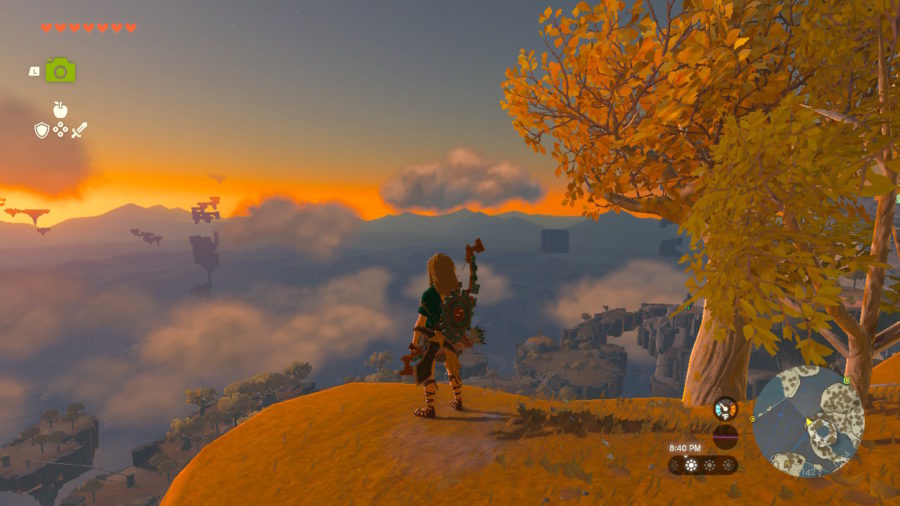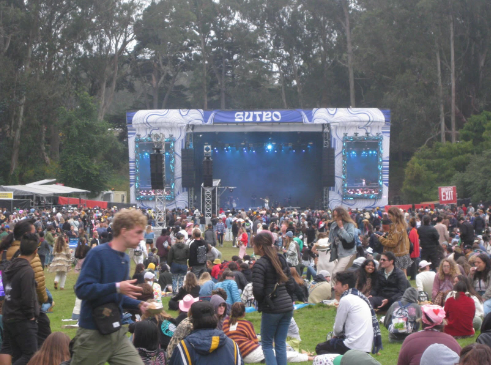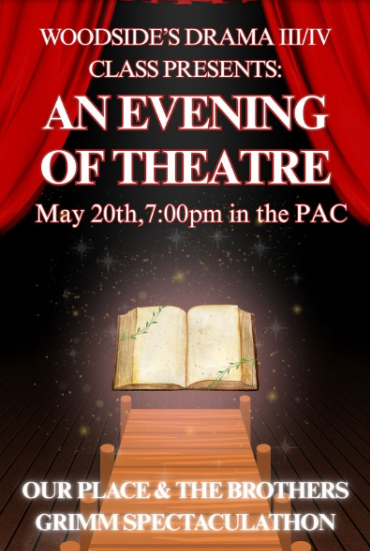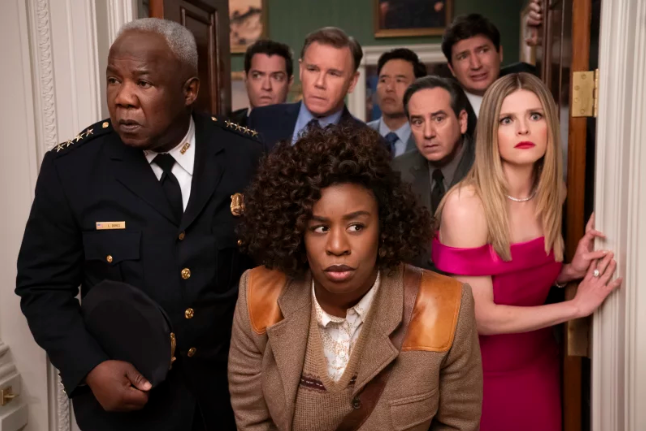After over six years of painful anticipation, Nintendo has finally released “The Legend of Zelda: Tears of the Kingdom.” Loyal fans and new players alike awaited the game with high expectations, and they certainly weren’t disappointed.
Nintendo’s “The Legend of Zelda: Tears of the Kingdom” takes place shortly after its predecessor, “The Legend of Zelda: Breath of the Wild.” Following the destructive events of the original game, the land of Hyrule can be seen in recovery, but still far from “normal.” Floating islands in the sky, winding intricate cave systems, and a vast underground map suddenly appear as the game kicks off, creating a brand-new canvas for the player’s adventure. The player must traverse all three layers of the map as they navigate spatial puzzles in shrine areas, brand-new boss encounters, and complex dungeons, all while gradually uncovering the gripping mystery behind Princess Zelda’s disappearance.
“Tears of the Kingdom” introduces several new innovations to the Zelda world that allow the player to explore the game’s intricate map like never before. The ability to phase through ceilings, bind objects together, reverse time, and create original weapons can all be found at the player’s fingertips, enabling new modes of creativity and problem solving as they learn to manipulate their surroundings. After clearing a tutorial area, set on a lush sky island on the center of the map, the player is given free range to explore whatever piques their interest. Given four primary locations for the story’s progression, each containing a dungeon, quest, and smaller story, the player is given the freedom to pursue any path of their choosing.
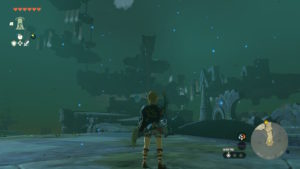
Tears of the Kingdom had an incredibly difficult act to follow, with “The Legend of Zelda: Breath of the Wild” receiving universal acclaim and praise, and frequently regarded as the greatest game of all time (IGN). Earning a 10/10 on IGN, a universally recognized game review site, and a 97/100 on Metacritic, a collective score based on other professional reviews, “Breath of the Wild” made an equally great follow-up feel nearly impossible, though Nintendo proved themselves up to the challenge. The new “Tears of the Kingdom” received overwhelmingly positive acclaim, earning a 10/10 rating and a “masterpiece” title on IGN, just as its legendary predecessor did. The game currently holds a 96 on Metacritic, though the score is subject to change as more reviews come out.
The wait for “Tears of the Kingdom” has been a long and somewhat turbulent one for expectant fans. Development began immediately after the previous game’s release in 2017, and the sequel was officially announced in 2019. Later, Nintendo announced a late 2022 release, with much speculation around a launch during the holiday season. Much to the disappointment of eager fans however, the game was postponed to spring of 2023, for the purpose of further development. It’s been a painful wait of six years, but as of March 12, 2023, the sequel has finally reached the hands of the players.
It’s difficult to articulate just how exciting, challenging, and simply fun this game is. While the estimated run time averages about eighty hours, it’s impossible to cover the expansive amount of content here, but the first 15-20 hours speaks for itself. From the moment the user boots up the game, “Tears of the Kingdom” grabs the player’s attention and doesn’t let go. From dynamic cutscenes, to breathtaking landscapes, to tricky shrine puzzles, the game becomes increasingly more difficult to put down.
When the player finally completes the tutorial and touches down on the Hyrule overworld, the primary layer of the game’s map, there’s nothing to find but charming characters, a fascinating story, and delightful puzzles and challenges along the way. Returning players can find many playful nods to the previous game as they work their way through the world, including frequent appearances from a prodéjé of the widely recognized Hudson from Tarrey Town. The newest member of the construction team, Addison, easily steals the hearts (and sympathy) of new and experienced players alike, peppering Hyrule’s expansive roads with engaging challenges to break up the travel.
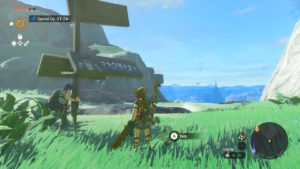
“Tears of the Kingdom” honors the most adored elements from “Breath of the Wild,” while revising the more scrutinized aspects. “Breath of the Wild’s” Divine Beast quests, met with tepid enthusiasm and a lasting desire for more traditional dungeon puzzles, gave way to new-and-improved dungeon systems. Navigating an ancient airship from the Rito, for example, required hours of careful problem solving and trial and error, sparking mild frustration and pride as my trials gave way to success. The puzzles aren’t impossible, but they certainly prove a satisfactory challenge, demonstrating a significant step up from the dungeon-like “divine beasts” that left Breath of the Wild fans wanting more.
While this game came through on everything a fan could desire, “Tears of the Kingdom” is not a flawless game, and a few minor elements felt slightly lacking. As the “open world experience” proves a central element of both games, the tutorial island occasionally offered less freedom than it let on. Following a frustrating adventure through frigid mountains to reach a shrine objective on my map, it took a while to realize that I was expected to travel to an alternate shrine instead. Both were marked without any indication of which to pursue, leaving me with the impression that I was free to choose. However, distinct land barriers got in my way, and it became apparent that the other shrine included crucial pathways and tutorial points that I had not yet discovered. This differs from the tutorial area in “Breath of the Wild,” in which the player could attempt shrines in any order of their choosing, theoretically without deliberate land blocks.
While the soundtrack of “Breath of the Wild” was not met with the same level of acclaim by critics as the rest of the game, it functioned as a dynamic means to impact the mood of any natural landscape in the game. Whereas the battles are catchy and themes are atmospheric in “Breath of the Wild,” “Tears of the Kingdom” fell short in comparison. Aside from the previously distinguished songs, such as the riding and stable themes, much of the music played during minor battles and traveling felt ambient, and nothing more. That said, quest locations often carried their own original themes, which altered themselves throughout the progression of the story, leaving me humming boss battle themes hours after the fact.
Every issue with the game so far has proven barely significant, and easily forgotten after such an excellent playing experience. Nintendo’s “The Legend of Zelda: Tears of the Kingdom” pushes the boundaries of open world gaming once again, providing a vastly complex and thoroughly intriguing world of challenges and quests for the player to explore at their own pace. Experienced Zelda players will find everything they love in the franchise and more, and newer gamers will find themselves immediately swept into the world, in awe of just how beautiful a video game can be. This game has been, and continues to be, an absolute joy to play, and it should without a doubt be on the top of everybody’s game queue.



